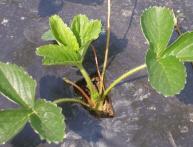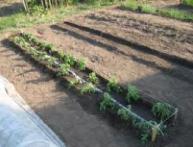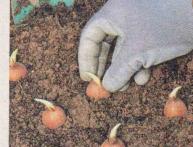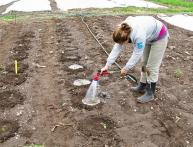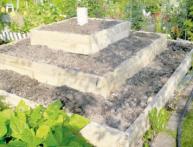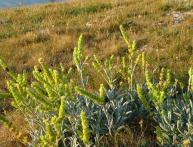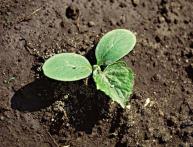Rules and timing for planting onion sets
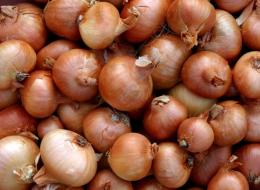
Traditionally, growing onions is divided into two stages: planting seeds, the so-called nigella, and subsequent planting of the resulting onion sets, from which, in fact, full-fledged bulbs grow. The seedlings are planted quite densely in shallow grooves located every five centimeters or in a continuous wide strip. When the leaves that appear on the plants dry out, the bulbs that have grown to 1-2 centimeters in diameter are pulled out, dried in the sun for a week and the roots and tops are carefully crushed (but in no case cut off).
The time for planting onion sets occurs in late spring, when the temperature reaches 18 degrees. As a rule, this time falls in the first third of May, however, depending on the climatic conditions of the area, the timing of planting onion sets may shift by several weeks. At the same time, timely planting of onions in the ground is of great importance for the further development of plants and, as a result, obtaining a good harvest. Thus, late planting has a negative impact on the yield and quality of the bulbs, while early planting threatens unwanted flowering and the formation of arrows (however, the likelihood of this can be somewhat reduced if the seedlings are stored in winter at a temperature no higher than 18 degrees). In order for the planted onions to take root and germinate faster, they can be pre-soaked in a solution of a special growth stimulator.
It is necessary to plant the sets so that there is 4-5 centimeters of free space between each onion in the row, and 15-20 centimeters of free space between the rows. In this case, the bulbs must be placed bottom down and covered with a thin layer of soil.

